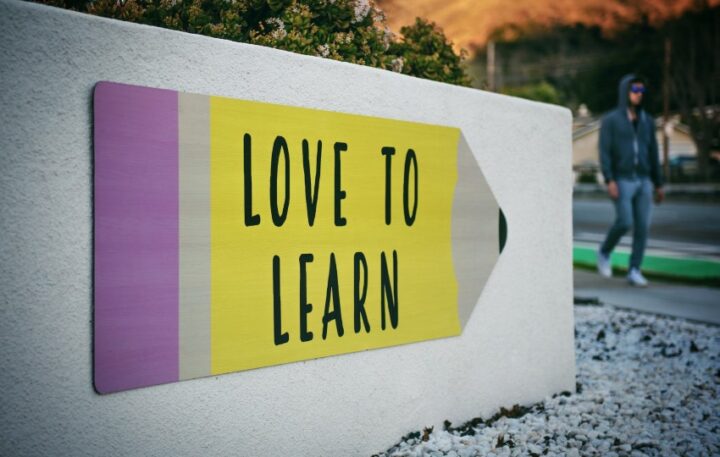Playfulness is a natural human trait that greatly influences the emergence and development of culture. It is the spontaneous language of children, who use it to learn a variety of behaviours. Playing represents the most natural and significant educational means. It leads children to acquire knowledge, skills and experience and develops thinking, imagination, speech and emotions.
The present times require creative people who can work independently and solve problems they have not encountered before. This is one of the reasons why our education system needs to undergo a fundamental change that encourages children’s natural curiosity and does not emphasise the memorisation of study materials given to students by teachers.
Gamification in the classroom, in other words, playful learning, is the newest trend in education. It is about introducing experiential, engaging and innovative forms of education into the school system. It awakens pupils’ interest in different topics, encourages active participation and keeps pupils’ attention while also providing them with immediate feedback. Moreover, it has been shown that during learning through play, our body releases dopamine, testosterone, and endorphins, and our brain can grow. oxycodone self pay cost
Gamification in the Maximus Project
The Maximus project, concerned with gamification elements in the classroom, focuses on designing, developing and testing a digital, customizable and interactive motivational system that aims to engage students in learning while facilitating their self-development in the acquisition of transversal skills, deep thinking, and creative expression.
Our participation in Project Maximus has progressed to the testing phase. The 8th-grade students at our private elementary school, BESST in Trnava, Slovakia, were in the leading role of the pilot test. We asked them a few questions to find out what they found appealing about the pilot and what, on the other hand, put them off.
And the results? The students agreed that the environment was tailored for easy and efficient uploading of projects, and some started uploading various projects. They spoke about this uploading very positively, appreciating the simplicity and intuitiveness of the system – they could upload it as text or attach a whole file, such as a word document, photo, or presentation.
Pupils also liked the feedback method. They could keep track of the status of the uploaded project, whether the teacher had graded it or not. After approval or rejection, they could see the feedback report from the teacher who graded the project. In the case of a rejection, it was a comment that gave students room for improvement; in the case of approval, it could be positive feedback.
Among the interviewees, there was also a teacher who assessed Maximus positively. He highlighted how user-friendly it was. The environment is well laid out, each category is clear, and he did not notice any problems with functionality. He appreciated the option to approve projects electronically and to provide feedback that the learner can read and bounce back from any time, anywhere.
The Student Section is clear- it was very quick to see the activity of individual students, the number of projects submitted along with their success rate. The Business section has potential- the teacher was able to imagine that it could be expanded with something for classroom teachers, like the ability to collect points and earn rewards for themselves, the other staff, or the class. He saw room for improvement in the graphic design of the environment. It could have been more attractive. He would add mini-games for which students could earn points. He would also like to see more rewards for both pupils and teachers.
Maximus is a test project in development, which is why it is important for students and teachers to use it actively and for them to provide feedback so that we, as well as the system programmers themselves, can see what works and what does not.
All in all, gamification has a lot of potential in the classroom and we are convinced that thanks to enthusiastic and innovative educators, it will become one of the successful education methods in our schools as well.

